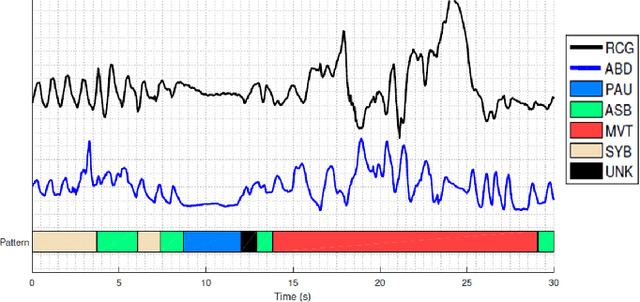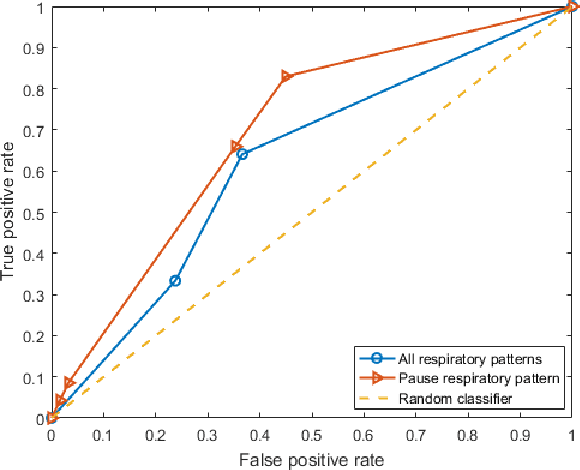Predicting Extubation Readiness in Extreme Preterm Infants based on Patterns of Breathing
Paper and Code
Aug 24, 2018



Extremely preterm infants commonly require intubation and invasive mechanical ventilation after birth. While the duration of mechanical ventilation should be minimized in order to avoid complications, extubation failure is associated with increases in morbidities and mortality. As part of a prospective observational study aimed at developing an accurate predictor of extubation readiness, Markov and semi-Markov chain models were applied to gain insight into the respiratory patterns of these infants, with more robust time-series modeling using semi-Markov models. This model revealed interesting similarities and differences between newborns who succeeded extubation and those who failed. The parameters of the model were further applied to predict extubation readiness via generative (joint likelihood) and discriminative (support vector machine) approaches. Results showed that up to 84\% of infants who failed extubation could have been accurately identified prior to extubation.
 Add to Chrome
Add to Chrome Add to Firefox
Add to Firefox Add to Edge
Add to Edge